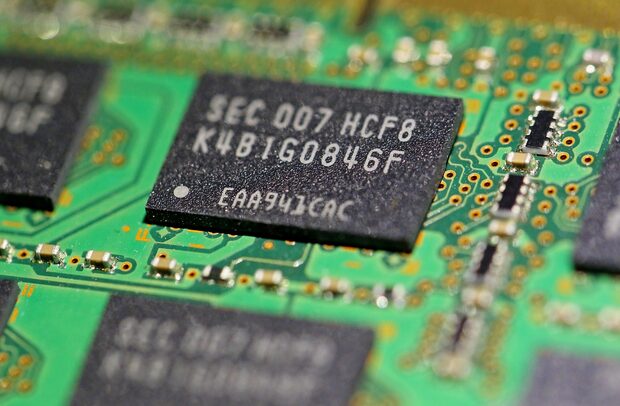
During the firmware upgrade process of the STM32 microcontroller, many engineers choose the IAP technology, which allows firmware updates to the microcontroller via the host computer while the application is running. However, occasionally, there may be a low probability of encountering a runaway phenomenon. How to solve it?

1. Check Power Supply Voltage
Ensure that the power supply voltage of the STM32 is stable and within the normal operating voltage range. Check the power ripple size and ensure that the LDO power supply voltage and current meet the requirements. Connect beads to the vdda and vssa pins of the STM32, and connect filter capacitors to all power hardware.
2. Check Hardware Connections
Ensure that the crystal oscillator and bypass capacitors are close to the microcontroller to avoid interference. Check for exposed interfaces (such as USB, IO ports) and ensure proper anti-static handling. Check the reset circuit to ensure stable power supply to the reset circuit and add bypass capacitors.
3. Analyze Software Issues
Stack Settings: Check the stack settings in the compiler’s default startup file and adjust the stack size according to the project code size. Code Review: Check for unreasonable infinite loops, array out-of-bounds issues, etc. Interrupt Management: Ensure proper handling of interrupts, set clear interrupt priorities, and respond to and clear interrupt flags in a timely manner. Watchdog Function: If using the watchdog function, ensure to feed the watchdog at appropriate times to avoid frequent resets of the program.
4. Use Debugging Tools to Locate Issues
Registers Tool: Check the values of general-purpose registers (R0~R15), especially the stack pointer (R13) and the program counter (PC). Memory Tool: Search for the value of the stack pointer (R13) to find possible runaway locations. Disassembly Tool: View the disassembled code of the program to locate specific instruction addresses. Call Stack Tool: View the order of function calls and the current position during program execution to find the function call before the runaway.
5. Set Breakpoints in HardFault_Handler
Set breakpoints in the HardFault_Handler function; the program will enter this interrupt when a runaway occurs. Use the Call Stack tool to find the caller of HardFault_Handler and locate the code before the runaway.
6. Handling in Specific Scenarios
If using internal Flash storage, ensure that Flash memory operations are reasonable to avoid crashes due to improper operations. When there are wireless RF signals (such as Bluetooth, WiFi, GSM) in the circuit, ensure that the antenna is well matched to avoid interference from wireless radiation.
7. Precautions During IAP Upgrade Process
Ensure that the host computer software is correctly configured for communication with the STM32 microcontroller. Use checksums or CRC methods to verify data integrity during data transmission. Pay attention to the characteristics of Flash memory during data storage, such as block erasure and programming cycle limits.
This article is an original piece from Fan Yi Enterprise Training. Please indicate the source when reprinting!
Submissions/Recruitment/Advertising/Course Cooperation/Resource Exchange; please add WeChat: 13237418207